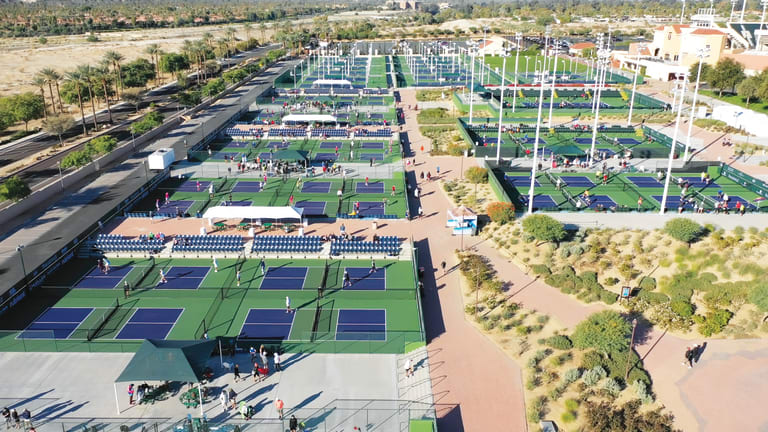Pickleball’s spirit of access and inclusion has been particularly valuable during the pandemic, when many tennis facilities were forced to temporarily close and subsequently put in restrictions that made it harder to find matches.
Alisa Yee is a San Francisco-based tennis player who felt frustrated when the pandemic led to the cancellation of USTA league tennis. According to Yee, “With tennis during this time, I wasn’t able to get as much competition and camaraderie.” But as she entered the world of pickleball, Yee found herself able to get both rapidly.
Many pickleball players have migrated from tennis, drawn to such attributes as the smaller court and the chance to build points in profoundly different ways.
As a tennis player, Pickleball ambassador and Oakland resident Carolyn Wei is a highly proficient baseliner, in the mode of a Chris Evert or Tracy Austin. But as Wei began to play pickleball, she was delighted to find herself hitting all sorts of new shots with various spins and at different angles—a veritable John McEnroe-like offering of chips and dips.
“You get to hit all sorts of drop volleys, swing volleys, touch shots,” says Mark Wagner, a former Open-level tennis player based in the San Francisco Bay Area who now gives 15-20 hours a week of pickleball lessons.
The key is to learn strokes that are more staccato-like than those deployed in tennis.
“It’s a chess game,” says Barbara Wintroub, a Palm Springs-based ambassador who’s played tennis for more than 50 years. “Pickleball will improve your volleys tremendously.”
Hilary Marold, a Corpus Christi resident who has won titles in tennis, paddle tennis (she once beat Bobby Riggs), platform tennis and pickleball, believes that, “If a junior tennis player learned to play pickleball, it would help reflexes, movement, agility.”

